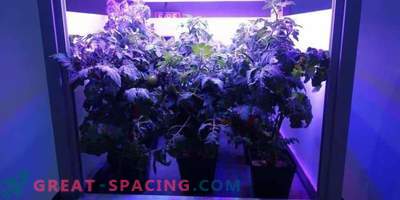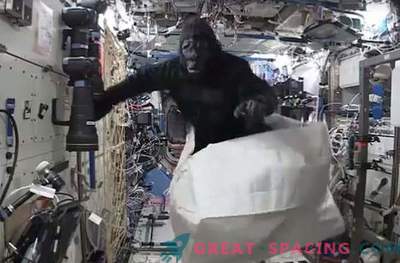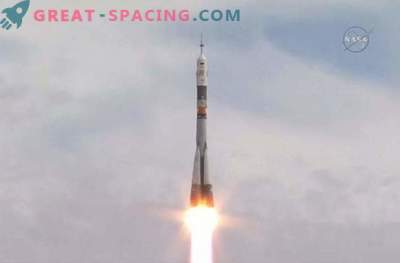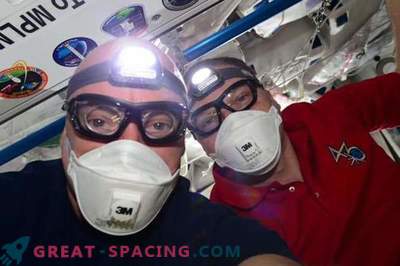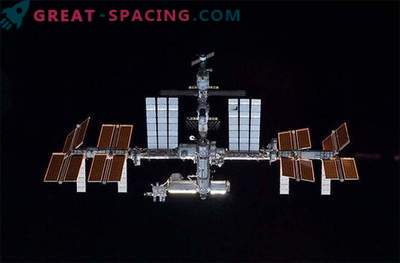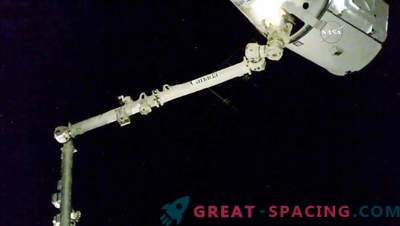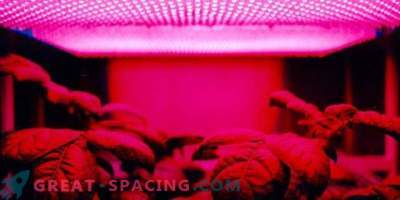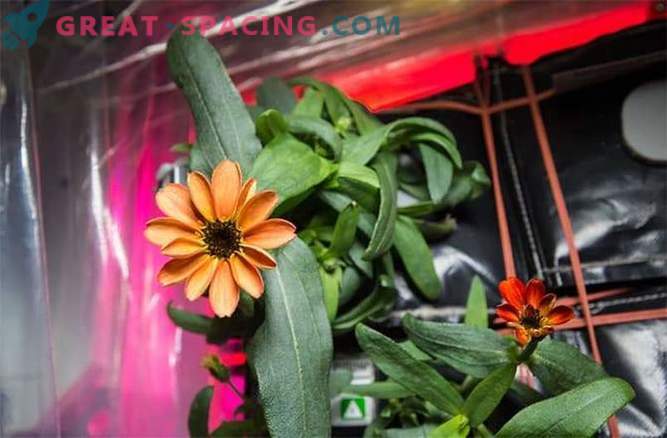
When the mold began to threaten zinnia during the Veggie experiment conducted on the space station, the researchers decided to take a bold step: let the astronauts take care of the plants themselves before asking for help on Earth. Result? The plants bloomed in space, celebrating victory, while several other plants died from the fungus.
In an interview with Discovery News, Trent Smith (Trent Smith), project manager Weggy, said that he was very pleased that the team Weggy violated the procedure, and Scott achieved an amazing result.
This signals that NASA is moving cautiously to prepare astronauts for long-term voyages away from home. And an astronaut who volunteered to help, became a terrific symbol in achieving this goal: Scott Kelly (Scott Kelly), who spent about a year on the International Space Station to see how his body and mind would react to a long stay in space.
Kelly could not restrain himself by sending messages to the ISS: “Another form of life in space! For the first time the plant bloomed in space. ”
NASA decided to change the procedures concerning the Weggy experiment in December, after mold was found on the zinnia, which appeared as a result of high humidity. Weggy's team already knew about the existence of excess moisture on the plants, but it was not possible to decide on its removal. Meanwhile, the fungus developed. Initially, Kelly received instructions from Weggy's team, which included the removal of dead plants, wipe the affected area and dry it with a hair dryer. But when Kelly offered to take care of the remaining plants on their own, the Smith team decided to take advantage of the opportunity. Kevin was offered to do the work independently, without waiting for the “delayed response” of NASA. This was the first such experience for NASA.
The Weggy team gave Kelly a one-page instruction, proudly called “Instructions for the Care of Zinnia for an Orbital Gardener,” quite reasonably believing that such a volume would be sufficient for a busy astronaut. They were right for one hundred percent. The plants recovered by January 12th, and Kelly sent his triumphant tweets.
NASA is working in several directions to achieve greater autonomy for astronauts, regardless of whether they will wander in the future on the surface of the asteroid or across Mars. For example, the agency is experimenting with delayed studies conducted in their Aquarius laboratory, which studies the underwater habitat. The ISS astronauts also play an important role in experiments, gaining greater autonomy in performing tasks and more and more remaining without total control from the Mission Control Center.


